
The author owes a particular debt of thanks to Christopher Elliott, Ronald Harris, Edwin Horlington, Hadrian Jeffs, Bernard Kimpton, Phillip Knightley, Michael Lucock, Robin Prior, Winston G. Ramsey, Dr Peter Schenk, Dr L.O. Standaert and Nigel West. Thanks are also due to the following historians: Correlli Barnett, Michael Bowyer, David Collyer, R. Douglas Brown, Max Hastings, F.H. Hinsley, Ian V. Hogg, Robert Jackson, Gordon Kinsey, Norman Longmate, James Lucas, Wing Commander John MacBean, Roger Morgan, David Rolf, James Rusbridger, Norman Scarfe, Neil R. Storey, Andy Thomas, Major T.I.J. Toler and Dennis Turner. And to the following journalists: Lindsay Brooke (Anglia TV), Christy Campbell ( The Sunday Telegraph ), Russell Cook ( EADT ), Henry Creagh ( EADT ), Jeremy Hands (Anglia TV), Lisa Hempel (BBC TV), Malcolm Pheby ( EADT ) and David Weisbloom ( EADT ).
From The History Press, the author wishes to thank Katie Beard, Jo de Vries, Andrew Latimer and Michael Leventhal.
All National Archives (TNA) material is Crown Copyright and is reproduced with the permission of the Controller of Her Majestys Stationery Office. All quotes from newspaper and television sources are reprinted with the kind permission of the editors concerned. All reasonable effort has been made to trace the copyright holders of material quoted in the text. Both the author and publisher welcome the opportunity to rectify any omissions brought to their attention.
Thanks are also due to the following museum staff: L. Ball (Commonwealth War Graves Commission), Terry Charman and Angela Wootton (Imperial War Museum), Commander P.R. Compton-Hall (RN Submarine Museum), P.J.V. Elliott and C. Richards (RAF Museum), I.D. Goode (Ministry of Defence Whitehall Library), E. Harris (The Barnes Wallis Trust), Anita Hollier (BP Archive), Gunhild Muschenheim (Goethe Institute), Dr John Rhodes (Royal Engineers Museum) and Martin Sawyer and Jo Bandy (MoD Army Historical Branch).
And more generally to the Imperial War Museum, The National Archives, HM General Register Office, The British Library, Cambridge University Library, PA News Library, Norfolk County Libraries, Colchester Public Library, MoD Army Historical Branch, Bundesarchiv (Koblenz), Le Centre de Recherches et dtudes Historiques de la Seconde Guerre Mondiale (Brussels), Plaistow Press Ltd and Barnwells Printers (Aylsham). Thanks also to Terry Burchell for his work on several of the illustrations.
Thanks also to the following writers and members of the public who took the time and trouble to contribute: Tom Abram, David Alexander, Stuart Bacon (Suffolk Underwater Studies Unit), Dr J.H. Bamberg, Terry Banham, Pat Barnes, K. Bathwest, W.A. Birkbeck, Francoise Le Boulanger, Peter Brackley, Major J.D. Braisby (Royal Artillery Museum), Andrew Burk, John Rux Burton, Winifred and Frank Buxton, Jamie Cann MP, Bruce Carter, Richard Challis, Nick Champion, Peter Constable, Len Cook, Peter Dachert, Percy Darvell, Christina Di Prima, Frank Dickinson, Jack Driscoll, Clive Dunn, G.H. Evans, Julian Foynes, Chief Superintendent P.A. Gell (Suffolk Constabulary), E.H. Gommo, Daphne Machin Goodall, Nicholas Green, Mr Grout, Sidney Gurton, George Ffoulkes, Hollis Fowler, William Hall, Olga Hardardottir (SIPRI), George Hearse, Beverley Hodgkinson, Regina Hoffman, J.H.D. Hooper, Doris Howes, Laura Humphreys, K. van Isacker, K.T. Hudson, Kenneth Jarmin, Peg and Eric Johnson, Tobin Jones, Rudiger Koschnitzki (Deutsches Institut fr Filmkunde), E.C. Leslie, Peter Luther, R.J. Mabb, Agnes Mann, Mrs Marilyn Miles, Christiane Maubant (muses du Havre), D.J. Maxted, Eric Missant, Julian Morel, Frank North, Percy Nunn, T.H. Pimble, Reg Pollintine, Mrs P. Pulford, Herbert Reinecker, J. Rhodes (Royal Engineers Museum), Christopher Richford, G.W. Robertson, C.D. Robinson, Mr Seed, Edward Sharpin, L.R. Sidwell, Bill and Joy Sparks, T.E.A. Spong, J.V. Steward, Don Tate, Alberic De Tollenaere, T.H. Waterhouse, Alfred Weidenmann, Bryan Webb, D.V. Wells, Pamela Wilby, A.G. Williams and Ron Winton.
CONTENTS
In December 1968, the Soviet news agency Tass revealed to foreign correspondents in Moscow that Soviet newspapers would expose the intimate connection between the Secret Intelligence Service, MI6, and British editors and journalists. Sure enough, a series of articles appeared in Izvestia alleging that collaboration existed across a swathe of news organisations.
Secret Service men are to be found in the sedate Sunday Times and the brash People , the piece proclaimed. They control scientific publications in London, as well as provincial newspapers. The supposed links between the spooks and the scribblers were trumpeted by Moscow as evidence not of the strength but of the weakness of the ideological concept of imperialism.
Fleet Streets response to the article was derision. However this theory of collusion between military intelligence and the Fourth Estate is no more evident than in the reporting of a strange case which began on the coast of Suffolk and Norfolk in the autumn of 1940. Now James Hayward provides us with a textbook view of the still secret clandestine channels by which British intelligence agencies waged a psychological war across occupied Europe in 1940 and 1941. It is also a study of the fine art of the Big Lie and peoples willingness in wartime to believe almost anything they see in print.
As Senator Hiram Johnson famously said: The first casualty when war comes is truth. Our attitudes to history are moulded by what we read in wartime, and what we read too often bears little resemblance to reality. Myths are shaped, facts suppressed.
One fact we can be sure of, however, is that Operation Sealion, the planned invasion of the British Isles in September 1940, never set sail, and by the close of October had been indefinitely postponed. We might well ask, then, what was the truth behind the rumours of large numbers of bodies washed ashore on the eastern and then southern coasts of England that autumn? How did it come to pass that the New York Times a paper of record reported that as many as 80,000 German troops had drowned or burned to death while attempting an invasion? And why did a version of the story surface again as recently as 1992, leading to questions in the House of Commons and fresh allegations of conspiracy and cover-up.
Izvestia , no doubt, might have delivered a scornful opinion, had the Soviet Union not dissolved a year earlier. We will probably never know the whole truth about events in 1940. Strange things were happening within British intelligence during the early part of the Second World War. Once it was over, most people were keen for normal life to resume as quickly as possible, and were prepared to give the official version the benefit of the doubt. Few had the stomach for a long investigation. Fortunately James Hayward has continued to dig away at this fascinating mystery for more than two decades, and in doing so has uncovered a great deal more than it was ever intended the general public should see.
Phillip Knightley
INTRODUCTION:
THE SMOKE AND THE FIRE
At the beginning of September 1940, civilians in the small village of Crostwick, a few miles north of Norwich, were astonished by the sudden appearance of a seemingly endless convoy of army trucks and ambulances. The vehicles moved very slowly, their drivers sporting grim expressions. One let slip to Mrs Barnes, the wife of a local poultry farmer, that they were carrying the bodies of German soldiers washed up on the Norfolk coast, the grisly aftermath of a failed invasion attempt.
Later that same month, Gunner William Robinson, stationed at Herne Bay with 333 Coastal Artillery Battery, was sent south to Folkestone to take part in a macabre fatigue. Together with half a dozen other men, Robinson was instructed to search the beach between Hythe and St Marys Bay for dead Germans. On the first day two such bodies were located, along with seven or eight more over the next two days. All were taken by truck to an isolated field west of New Romney, where they were discreetly unloaded behind a canvas screen. An NCO checked the corpses for identity discs and paybooks, which were then handed over to an officer. Robinson recognised the dead men as German soldiers, rather than Luftwaffe airmen or naval personnel, on account of their field-grey uniforms. Some appeared to be slightly burned from the waist down; all looked to have been in the water for some time.
Next page
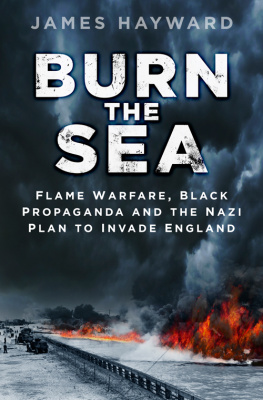
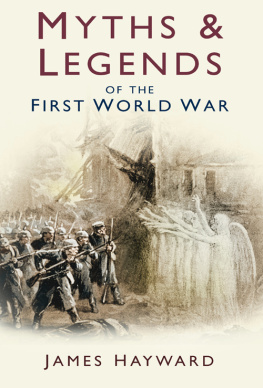

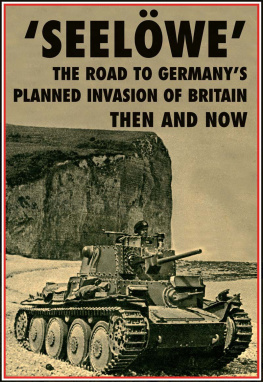


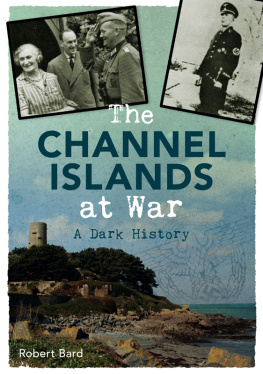
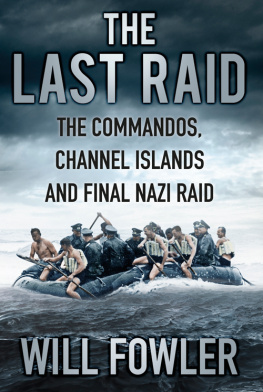
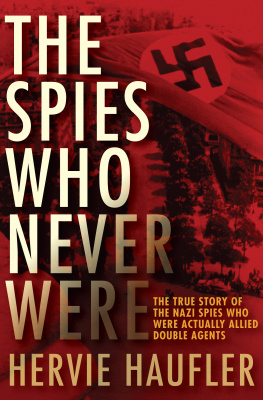
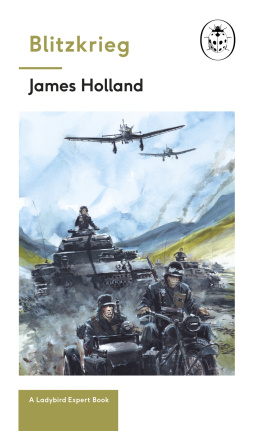

![Nicholas Rankin [Nicholas Rankin] - Churchills Wizards](/uploads/posts/book/56578/thumbs/nicholas-rankin-nicholas-rankin-churchill-s.jpg)
